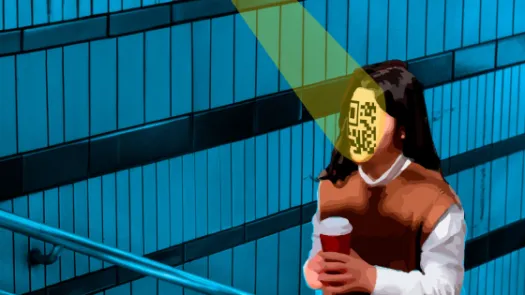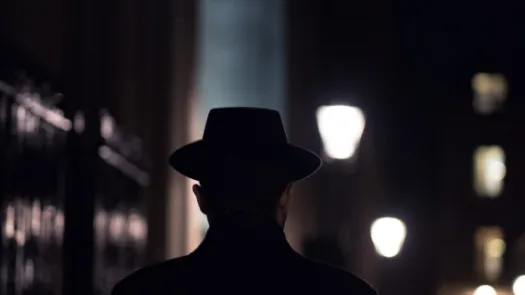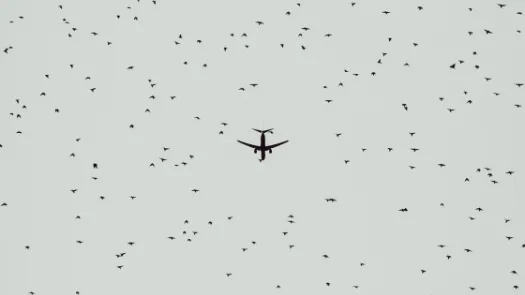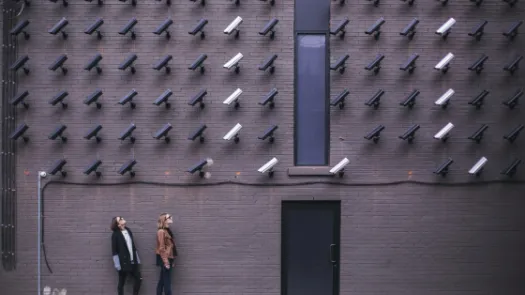Corporate Spies running wild
Links
The Enablers by the Bureau of Investigative Journalism
Submit your podcast questions
Sign up to our mailing list
Places to listen
You can listen and subscribe to the podcast where ever you normally find your podcasts:
Spotify | Apple podcasts | Castbox | Google podcasts |




